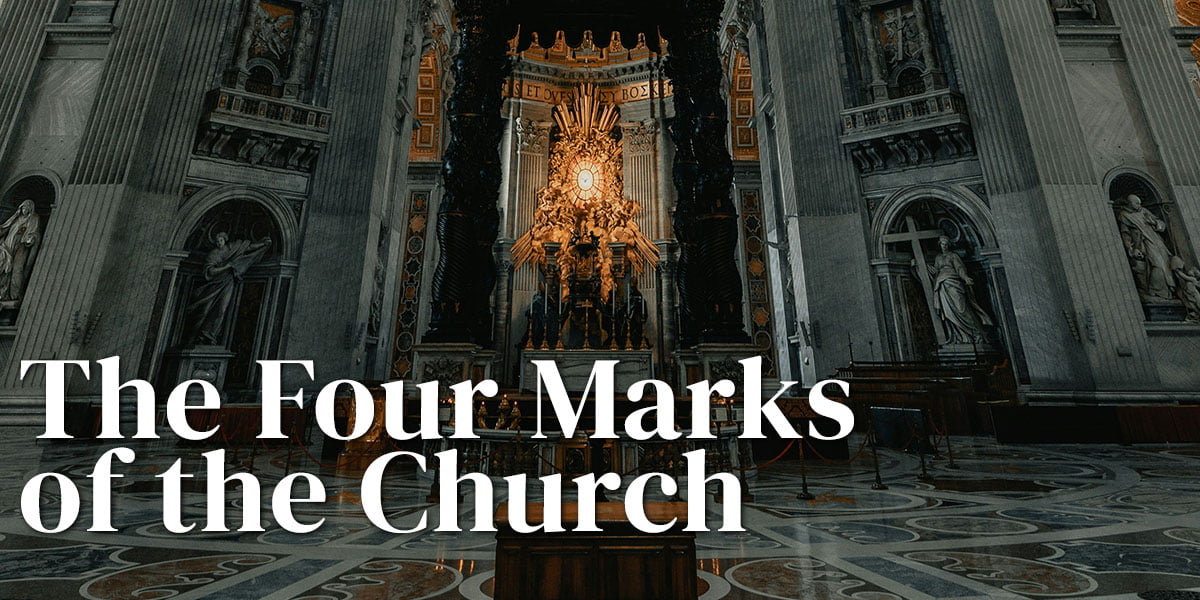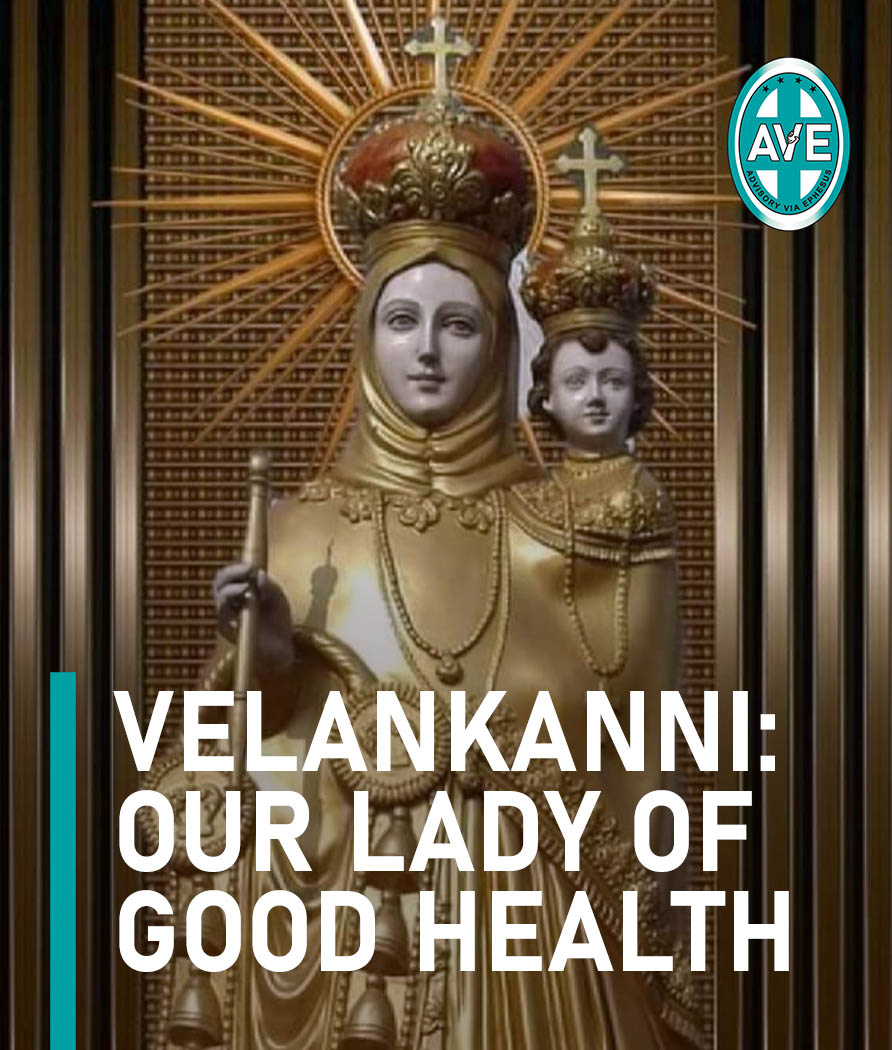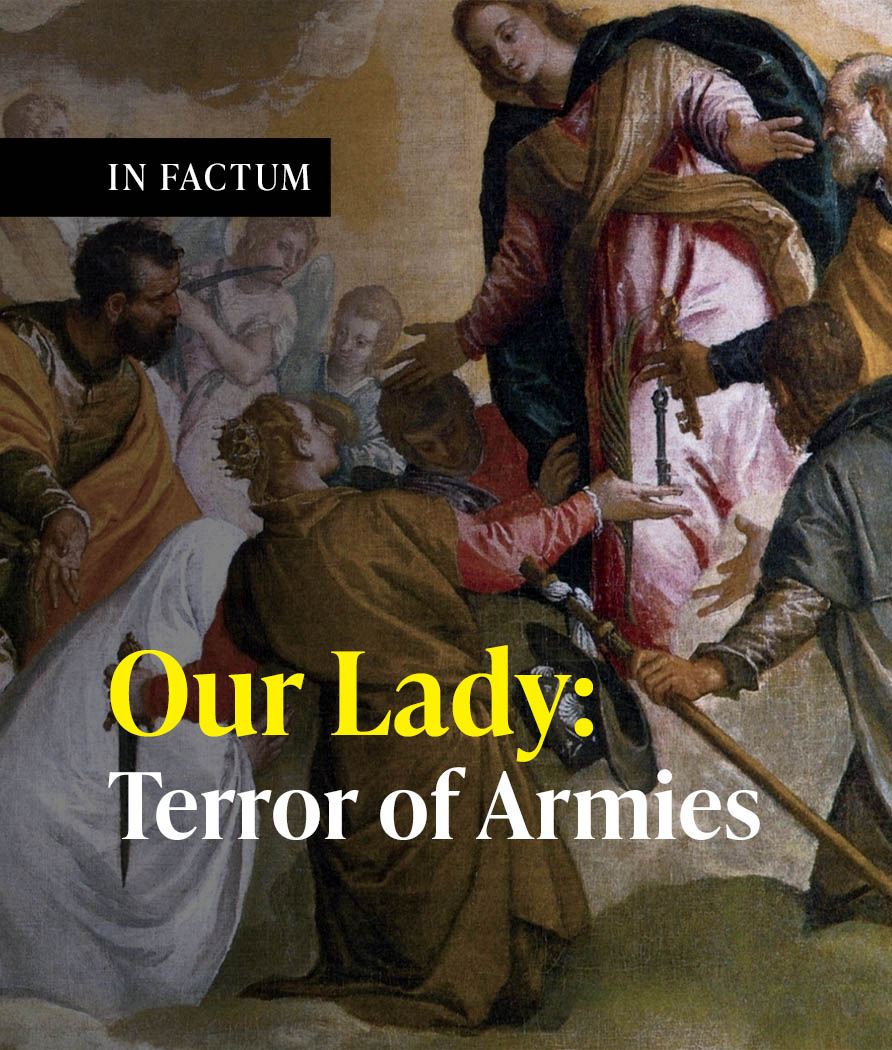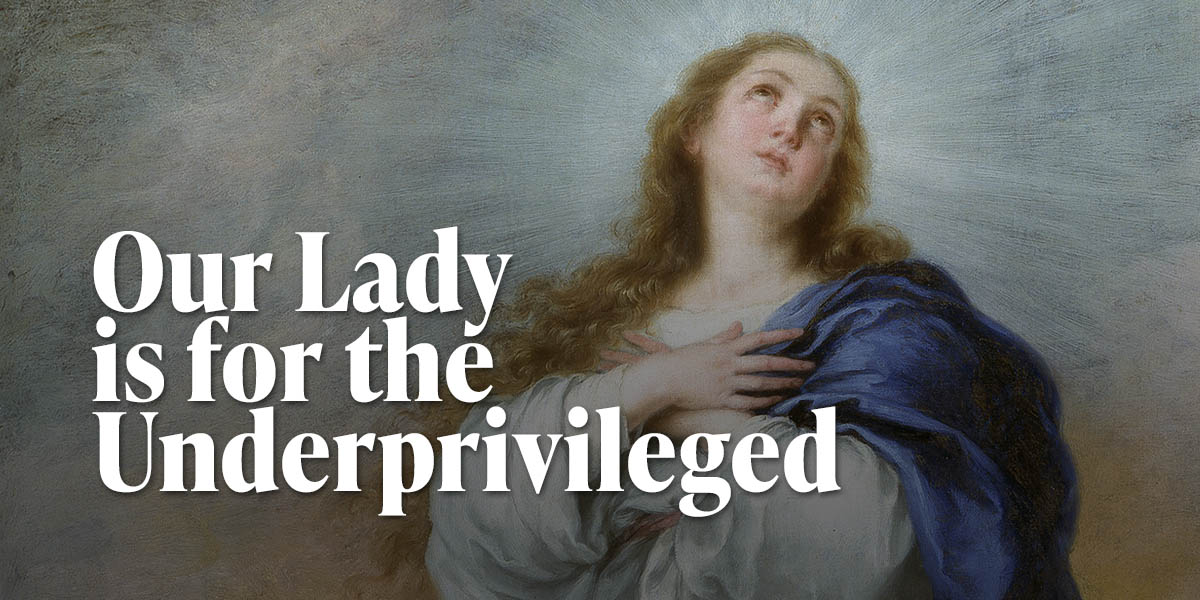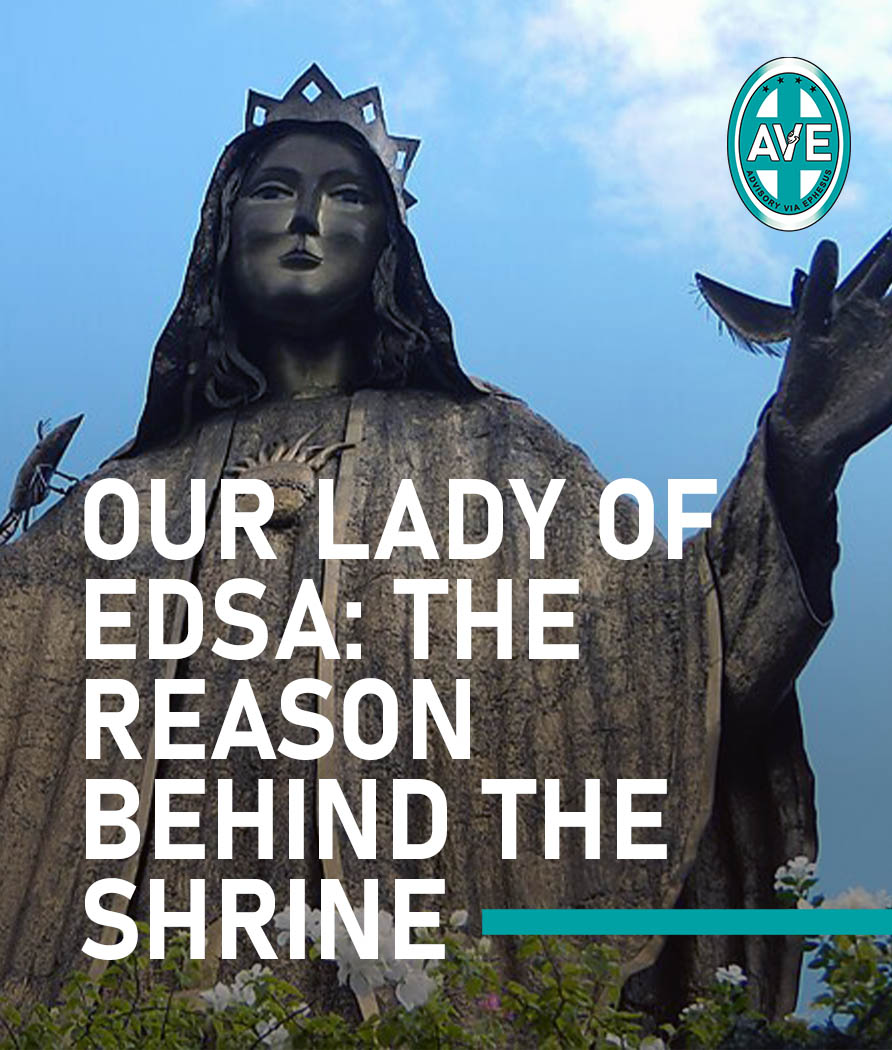The second dogma about the Blessed Virgin is her Perpetual Virginity. What does this dogma say? According to the Lateran Council of 649 AD, Pope Martin I pronounced the Blessed Ever-Virgin and chaste Mary conceived by the Holy Spirit’s help and did not lose her integrity. She gave birth to Christ, and after giving birth to Christ remained a Virgin. The Perpetual Virgin is called Aeiphartenos. This dogma says that the Blessed Virgin is a virgin before, during, and after the birth of the Lord.





